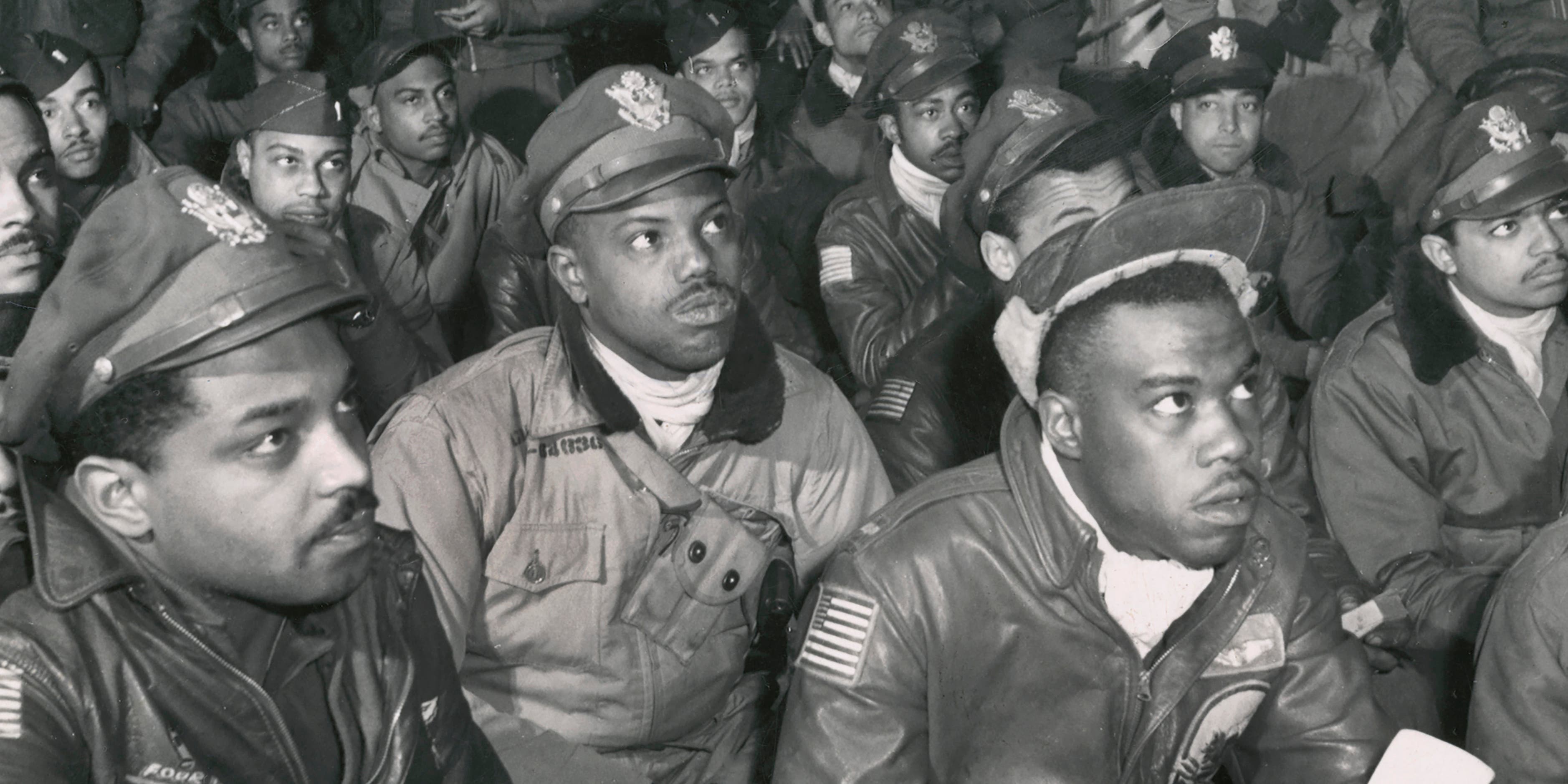Education and Homes

One of the greatest benefits from ongoing versions of the GI Bill has been support for college and vocational school enrollment. “As a result, almost 49 percent of college admissions in 1947 were veterans. The GI Bill opened the door of higher education to the working class in a way never done before.” Another has been a government guarantee for veteran home mortgages. (“G.I. Bill,” History, June 7, 2019)
But it has been harder for African Americans to benefit, when dealing with white administrators at the state and local level. Local Veterans Administration staff at the start were closely affiliated with the American Legion, which approved segregation of their chapters in the South. (Hilary Herbold, “Never a Level Playing Field: Blacks and the GI Bill,” The Journal of Blacks in Higher Education No. 6 (Winter, 1994-1995), 106, cited by “African Americans, women, and the GI Bill,” Khan Academy)
In an era of rampant racial and gender discrimination, African Americans and women struggled to receive higher education or loans. In some southern states, they were steered to menial jobs instead of college.
(“G.I. Bill,” History, June 7, 2019)
Even for a government-backed home mortgage, long-standing discrimination in the real estate industry and government agencies affected Black loans. The VA adopted the policies of the Federal Housing Administration for VA mortgages, which explicitly stated that “incompatible racial groups should not be permitted to live in the same communities.” (Terry Gross and Richard Rothstein, “A ‘Forgotten History’ Of How The U.S. Government Segregated America,” NPR, May 3, 2017)
Many banks refused to loan money to Blacks, and subdivisions still enforced restrictive covenants that banned African Americans from purchasing homes. (Herbold, 106-107)
Ebony magazine reported that out of 3,329 VA-backed loans in Mississippi in 1947, only two went to Black veterans. One Black veteran in a survey testified, “I was required to make a 10 percent down payment because I was told that Colored GIs were a bad risk.”
Paul Prescod, “No, the GI Bill Did Not Make Racial Inequality Worse,” Jacobin, 04/01/23
The GI Bill helped create the affluent American society of the 1950s and 1960s, but the distribution of its benefits were unequal. African Americans were shut out of schools, neighborhoods, and entire economic brackets. (Herbold, 106-107) That meant less generational wealth to pass on. “Though the bill helped White Americans prosper and accumulate wealth in the postwar years, it didn’t deliver on that promise for veterans of Color.” (Erin Blakemore, “How the GI Bill’s Promise Was Denied to a Million Black WWII Veterans,” History, June 21, 2023)
Proposed legislation in Congress includes the following findings:
(Sgt. Isaac Woodard, Jr. and Sgt. Joseph H. Maddox GI Bill Restoration Act of 2023, H. R. 1255, 02/28/2023)
- Though the legislative text of the GI Bill was race neutral, the administration of benefits through national, State, and local Veterans Administration offices resulted in a pattern of discrimination against racial minorities, especially African Americans.
- Veterans Administration benefits counselors denied African Americans access to educational benefits at certain universities and funneled applicants into industrial and vocational schools rather than higher education opportunities, with just 6 percent of African-American veterans of World War II earning a college degree, compared to 19 percent of White veterans of World War II.
- In administering its housing guaranty program, the Veterans Administration adopted the Federal Housing Administration’s racial exclusion programs, also known as redlining, which excluded a significant number of African Americans from taking full advantage of the housing guaranty program.
- The GI Bill created substantial economic growth and wealth accumulation for those who could benefit, but discriminatory administration of the program prevented many African-American veterans of World War II from enjoying the full economic prosperity of the post-war period.
Reply
You must be logged in to post a comment.